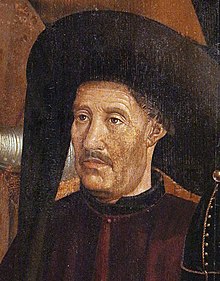Henry the Navigator & San Francisco
 |
| Prince Henry the Navigator |
By the time that Columbus Columbus Columbus Santa Maria Caribbean , it was aboard the small but seaworthy Nina, of classic Portuguese caravel design, on which Columbus Europe . Without Henry's financial support for new ship designs,
Columbus Spain
OK, that’s well and good about Henry, Columbus San Francisco Caribbean coast of Mexico Mexico San
Francisco Golden Gate Strait San Francisco Bay California Point Reyes (and Drake’s Bay).
It was at Drake’s Bay, 40 miles
north of San
Francisco China North Pacific Ocean . Those voyages would take a few grueling non-stop
months at sea before reaching the northern California Mexico San Diego San Francisco Bay Golden Gate .
Were it not for Henry the Navigator’s “school”
of designers who developed the state-of-the-art ship that could successfully beat
against the northwest wind, Spain California Point Reyes as the precedent leading to the eventual use of San Francisco Bay
________________________________________________
>Prince
Henry the Navigator,
known by the Portuguese as Infante
D. Henrique ( ),
is a major name from the “Age of Exploration.” It’s easy to find him on
the web.
>Ceuta Morocco Ceuta Portugal Spain Ceuta Spain
>Point
Reyes and Drake’s Bay make for an excellent day trip (or
overnight).
California San Francisco


